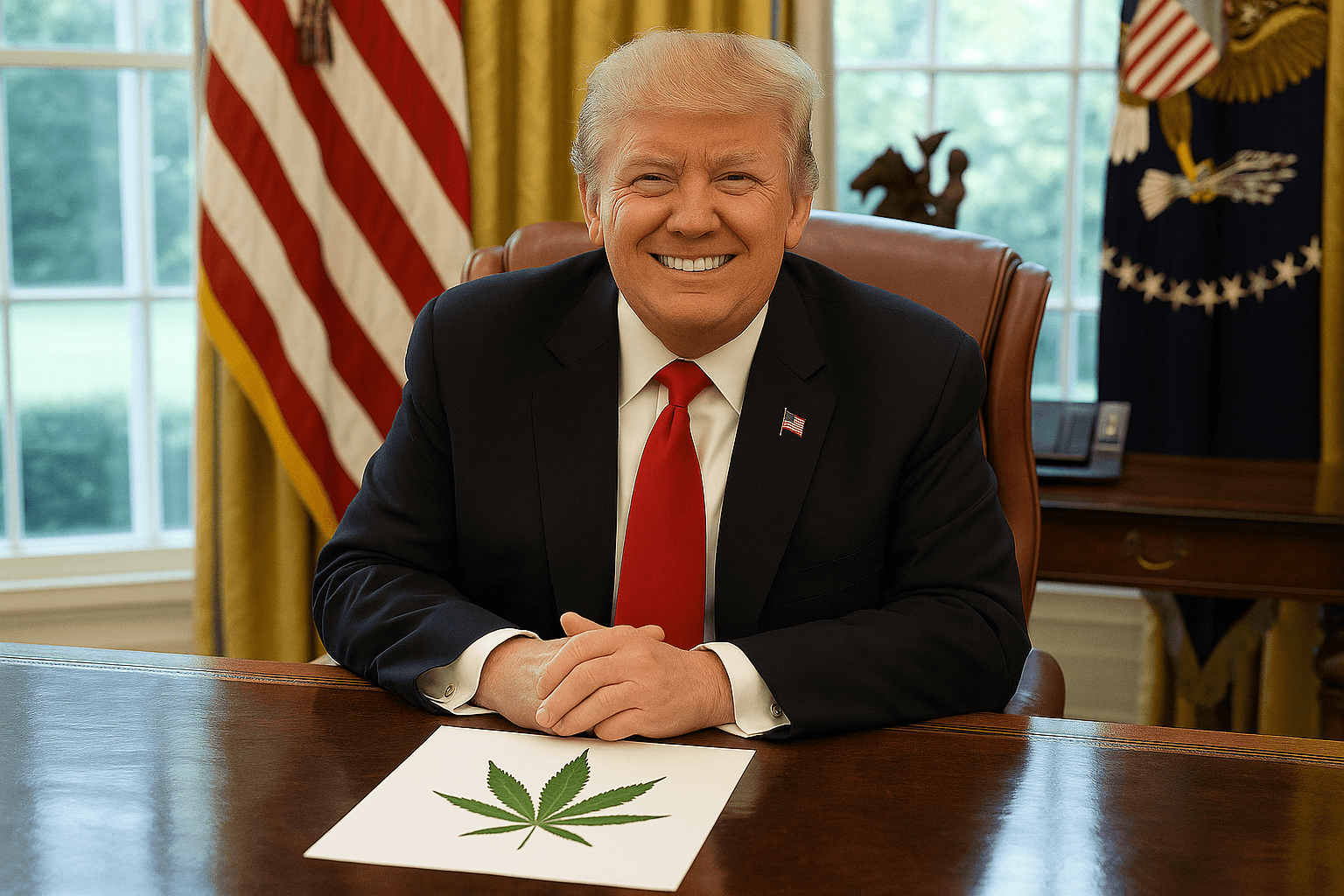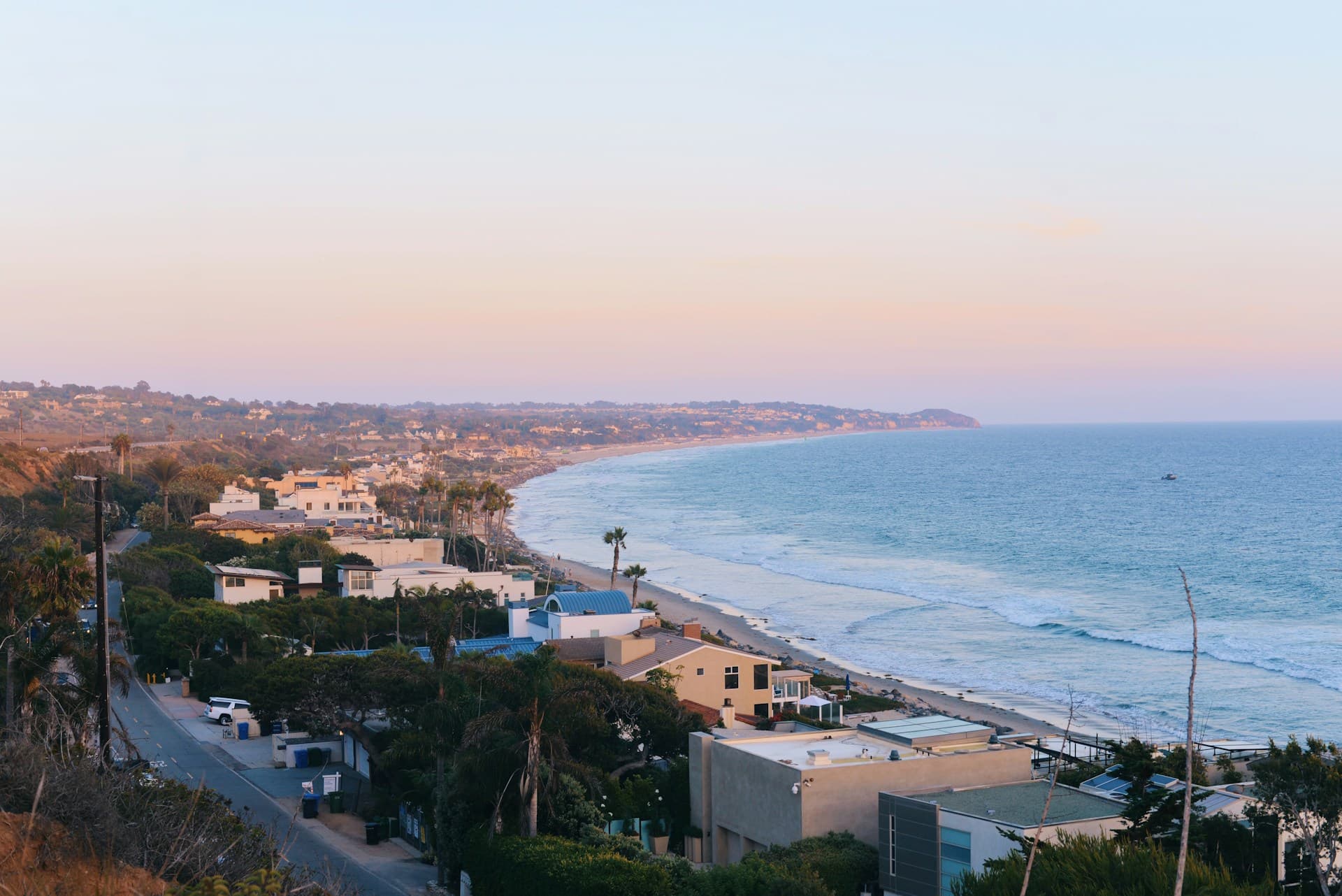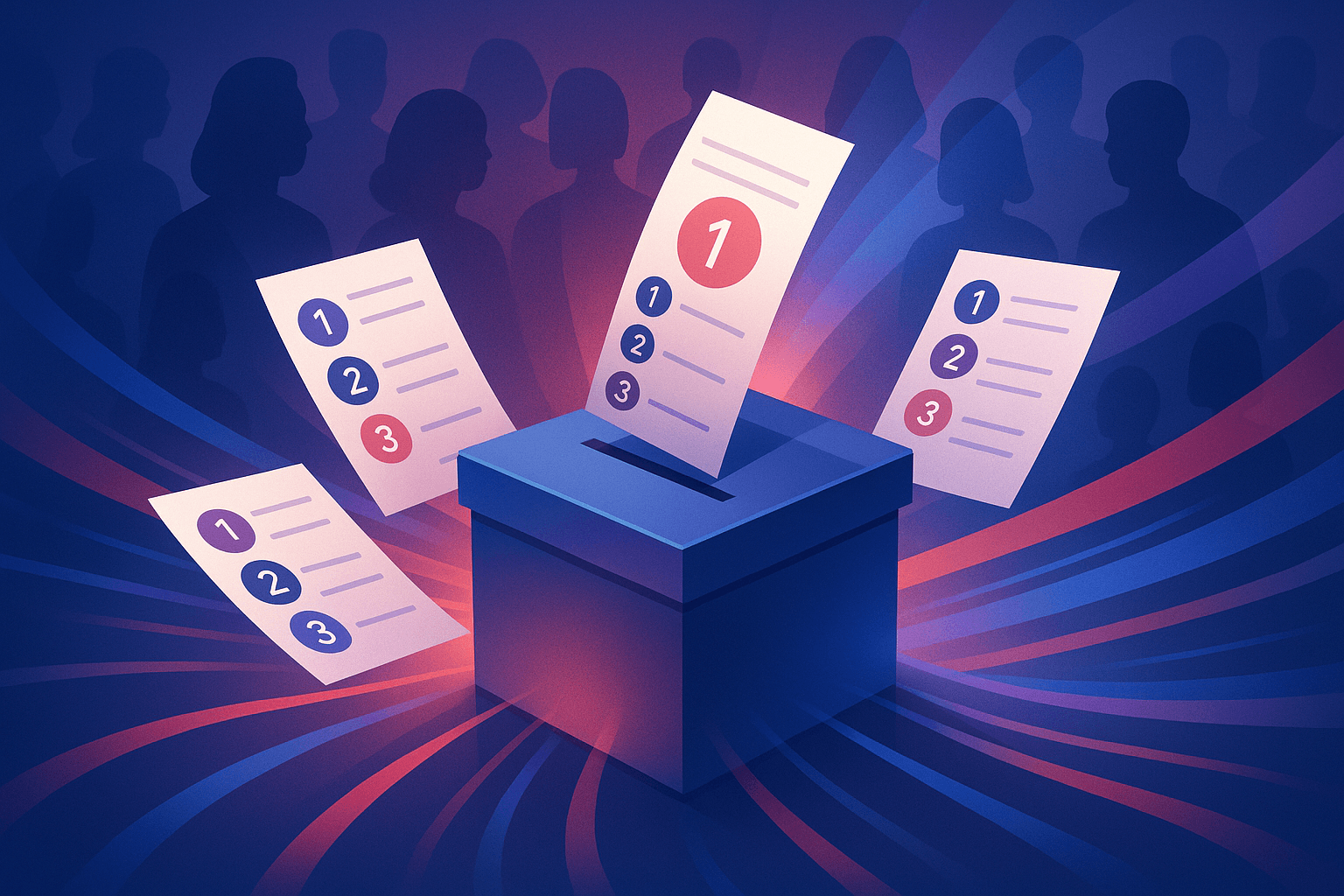Hey New York Times, Your Party Voter Registration Story is Pretty Bad

The press has a problem with independent voters. Specifically, the historic growth seen in independent voter registration that is making it more difficult to frame the electorate as divided between the two private political parties.
Their solution? Ignore it completely.
For example, the New York Times published an article on Wednesday that analyzes the voter registration crisis the Democratic Party faces as they look ahead at future elections. Recent losses among key demographic groups have stirred panic within the party.
And this is true. The Democratic Party lost favor with many blue-collar, working-class voters in the Midwest and young, nonwhite voters in key battleground states going into the 2024 election. This helped Donald Trump win a second term in the Oval Office.
But here is how the New York Times frames it: “Of the 30 states that track voter registration by political party, Democrats lost ground to Republicans in every single one between the 2020 and 2024 elections — and often by a lot.”
That four-year swing toward the Republicans adds up to 4.5 million voters, a deep political hole that could take years for Democrats to climb out from.”
There is a critical variable missing from this calculus, and that is the record number of voters who have registered independent of either major party (whether that means unaffiliated, No Party, No Preference – it’s different in each state).
The most noteworthy shift in voter registration trends in modern history is not toward the Republican Party from 2020-2024. Just like it was not toward the Democratic Party from 2016-2020. These analyses look only at shifts compared to the other party.
The bigger story being swept under the rug is that neither party can truly claim to represent a majority of voters anymore.
“The New York Times journalists, Shane Goldmacher and Jonah Smith, need to break out of the two-party prism and do the work to understand what is actually happening in this country,” said Cathy Stewart, Project Manager for Let Us Vote.
45% of American voters, according to Gallup, now identify as independents. The press needs to start talking to independents.”
Let Us Vote is a growing movement of independent voters who care deeply about the country and want to see democracy grow and innovate, not stagnate and divide. Let Us Vote says it fights for the full inclusion of independents at every level of the political process.
Half The Country Is Being Shut Out of the Conversation
The New York Times published the following graph:

It’s clear that the Democratic Party has, indeed, suffered heavy losses -- even in historically deep blue regions. The Time reports:
All four presidential battleground states covered by the Times analysis — Arizona, Nevada, North Carolina and Pennsylvania — showed significant Democratic erosion.”
But take a closer look. The chart shows substantial Democratic losses in Nevada, for example, as described by the Times. This would suggest that Republicans must be the largest voting group in the state, right?
Wrong. The latest voter registration numbers show that independent voters outnumber members of both major parties (find all current voter registration statistics on the Independent Voter Project’s (IVP) state-by-state map):
Total Registered Voters: 2,185,333 (As of August 8, 2025)
- Democrats: 631,665 (28.90%)
- Republicans: 619,117 (28.33%)
- Third party/Other: 156,737 (7.17%)
- Unaffiliated: 777,814 (35.59%)
Note: Both IVP and the Times use numbers compiled by L2 Data. The Times just ignores the independents in its analyses.
Independents make up 38% of the registered electorate in North Carolina, again outnumbering both Republicans and Democrats. They also make up nearly 30% of the electorate in Arizona and 13.45% of voters in Pennsylvania.
Though the latter number seems small, it represents approximately 1.15 million voters – the citizens that make the difference in any presidential contest.
The Times’ graph shows substantial losses for Democrats in Massachusetts. But how many people know that independent voters are not just the majority of the registered electorate in the state, they make up 65% of it?
The Times doesn’t mention it. Just like they don’t mention that the losses we see for both parties in Colorado is because independent voters are close to making up a majority of the registered electorate in the state. (And will cross 50% soon.)
Independent voters outnumber members of at least one of the two major parties in half the states that register voters by party affiliation. They outnumber members of both in 10 states. So why aren’t they a part of the discussion?
The Time’s lengthy analysis of voter registration trends mentions independent voters only one time:
For many years, more and more voters have been registering as independents or unaffiliated, sapping both parties’ rolls. More recently, however, that growth has come mostly at the expense of Democrats.”
That’s it. It’s treated as a brief throwaway sentence as the Times goes on to report:
“Consider this: In 2018, Democrats accounted for 34 percent of new voter registrations nationwide, while Republicans were only 20 percent. Yet by 2024, Republicans had overtaken Democrats among new registrants.”
The Times included this graph as well:

Read the small text: “The remaining voters picked another political party, registered as an independent, or declined to choose a party.” The “remaining voters” in this case is about half of new registrants – which should be the story.
Neither party breaks 30% of new registrants anymore.
"For decades, the biggest story has actually been the steady growth of voters registering as independent or unaffiliated," said Briana Strong, a Let Us Vote activist from Brooklyn, New York.
This 'independence trend' shows that more Americans are rejecting strict party labels. Instead of swelling either the Democratic or Republican ranks, a significant portion of new and younger voters prefer to identify outside the two-party structure."
Strong added, "The realignment isn’t primarily a shift between blue and red; it’s a shift away from both, toward gray (independent). "
This is an opportunity to have a national discussion about how most voters are dissatisfied with the current two-party system -- an opportunity the Times and other press outlets choose to pass up because it doesn’t fit their narrative.
By ignoring independent voters, the press can carry on pretending there is nothing wrong with the way the U.S. conducts its elections.
By ignoring independents, they can overlook the fact that 24 million taxpayers are denied access to publicly funded primary elections -- primaries that just happen to decide 90% of all political offices in the U.S.
All because they choose to register independent of the two major parties.
By ignoring independents, the press can avoid talking about how most U.S. voters are dissatisfied with their options at the polls because the current system tells them they only have two choices and it's whatever the parties give them.
By ignoring independents, a national discussion on gerrymandering can be framed as “Trump vs. Newsom.” Republicans are doing it, so Democrats have to fight “fire with fire.” And before long, mid-cycle gerrymandering will be as normalized as partisan gridlock.
What about accountability? What about meaningful representation? What about comprehensive solutions?
If it doesn’t fit inside the “us vs them,” “red vs. blue” narrative, it doesn’t belong, and as long as the press can trivialize the rapid growth of independent voters, the way the nation talks about U.S. elections will never change.
It will always be about who benefits: Republicans or Democrats? And things will just continue to get worse. If the Times wants to have a real conversation about voter sentiments, then break the cycle and talk about independent voters.
 Shawn Griffiths
Shawn Griffiths








